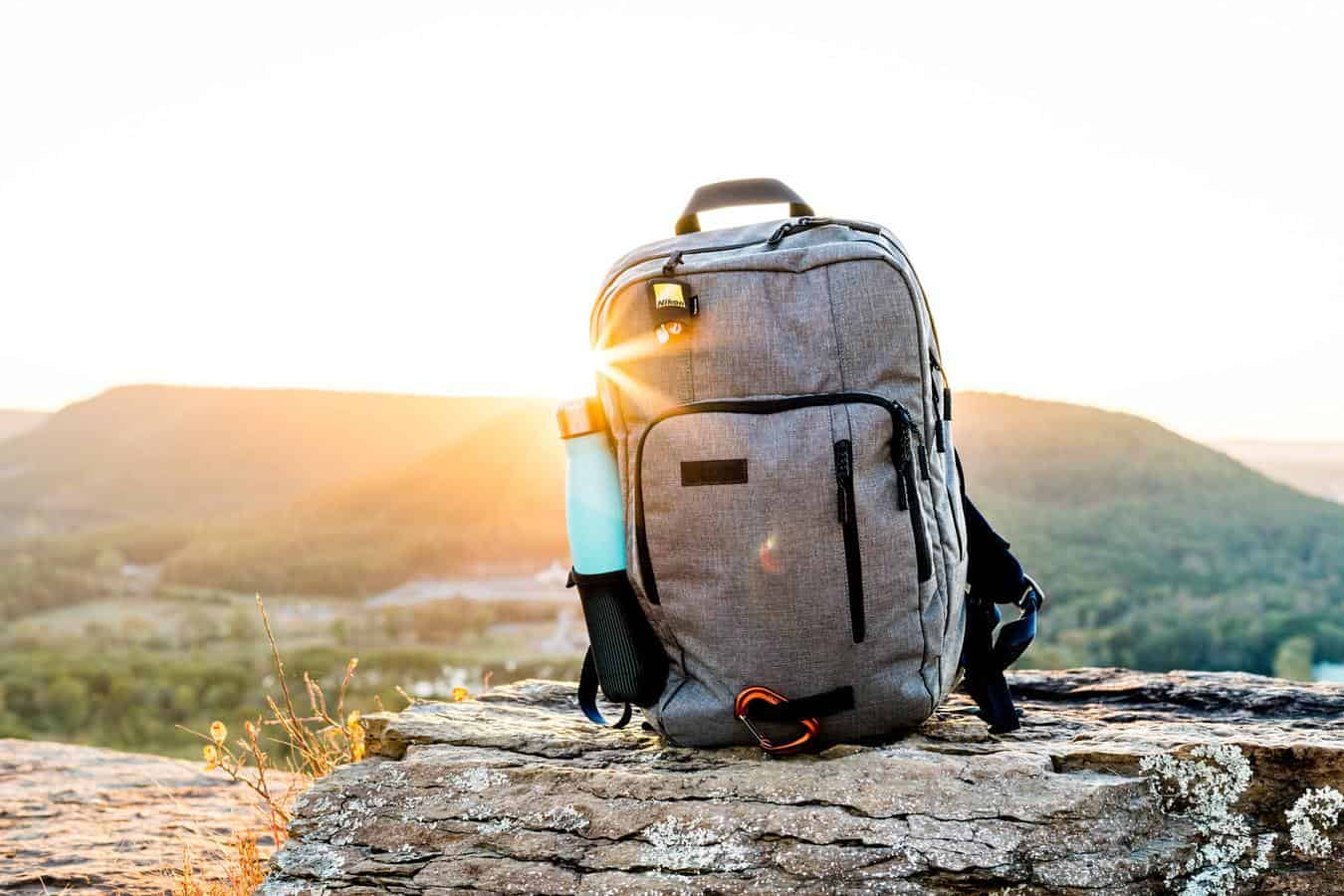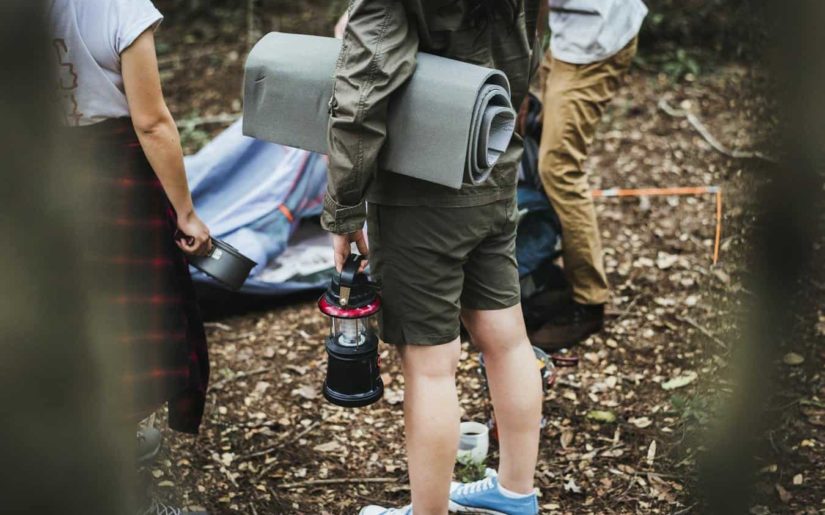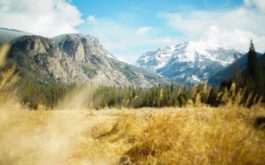There is a lot to consider when planning a backpacking trip, especially if it happens to be your first one. Backpacking blends hiking with backcountry camping and allows you to have a more immersive outdoor experience. Before heading out on your adventure, there are a few tips and essentials to be aware of. What you bring in your backpack will help make your trip run much smoother. It may even save your life if any unforeseen circumstances were to arise.
The first thing you should always do is tell someone when and where you’re planning on going. Tell them how many people are going with you, and how long you plan to be gone for. There are often Rangers at public land sites who will drive by the trailhead. If your car has been there for an extended period of time, they know to send help.
Choose the Right Gear
The type and size of bag you bring is one of the most essential elements in any backpacking trip. Bags are measured by liters squared, and often have a designation such as ‘Bag ABC 45’, meaning it’s 45 liters. Look into how much you should be holding based on your weight. Check out REI’s blog on how to choose the best backpack for your trip.
Your tent is another important item to factor in to your trip. You will want to bring a tent that is built for three seasons (Spring, Summer, Fall). Hold off on the winter backpacking until you have a few other regular trips under your belt. Click here to see a list of the best backpacking tents from Clever Hiker. You will also want to bring along a stove, kitchen supplies for any overnight trips and a water treatment/filter.
An emergency bivvy is never a bad idea. A bivvy is essentially a tent, that’s slightly bigger than your body with a sleeping bag and provides protection from the elements. If you get caught in the rain, sleet, snow, or hail you will be extremely happy that you invested in one. There are different types of bivvies such as the Outdoor Research Alpine Bivvy by REI. It is on the expensive side but offers the ideal combination of protection from the elements, comfort, and durability.
The SOL Escape Bivvy is a good choice for ultralight protection and is much more affordable. You can also use these in place of a sleeping bag, so you don’t have to pack both, and you can save room. Although, you will want to bring a sleeping pad to lay down on the ground before your sleeping bag to save your back!

Choose the Right Clothing
The right clothing can make or break a trip. The biggest thing to remember is layers. You’ll want to bring base layers like long underwear because warm days can turn into cold nights. Wear layers such as nylon pants, t-shirts and hats. Don’t forget insulation layers such as fleece sweaters, warm gloves and toques. Finally, outer layers such as rain gear and a warm jacket. Layering allows you to adapt to changing weather conditions. Just remember to exclude cotton in your choices as it is not as breathable and takes longer to dry when wet.
Choosing your footwear is another crucial item to consider before heading out on your trip. It’s important to keep your feet dry and warm. There will always be the debate over hiking boots or shoes but be sure to break them in before your leave and wear wool or synthetic socks. Clever Hiker has a list of the best hiking shoes and boots for your consideration.
Plan your meals
For an overnight backpacking trip, plan for dinner, breakfast and a couple of lunches. Avoid heavy items such as cans and opt for light-weight options such as those that are freeze-dried. Perishable items are typically off the menu such as eggs and milk. You can however get these in the powdered from. You’ll also want to bring snacks, such as trail mix or protein bars. It’s important to plan your meals ahead and it’s always better to bring too much than too little in this case.
Choose an Easy Route
When choosing your backpacking route, consult with experienced backpackers or search online. Choose a route close to home that has well-traveled trail as well as well-established campground and always ensure there is water near your camp. Practice a shorter hike with your bag fully loaded first to get a feel for what your limits are. You don’t want to be stuck on a long hike with a bag that’s too heavy. It will only feel heavier with every step!
On the topic of long hikes, walking seven miles is already quite challenging, but walking seven miles carrying fifty pounds with a blister is not a fun experience! Moleskin is the remedy for this. If you start to feel that you’re getting a blister, put some over it to cease the rubbing.
Backpacking is a fun experience, a way to connect with nature and push your limits. However it’s important to educate yourself as much as possible before setting out on your first backpacking trip. Feel confident and prepared in the case of an emergency. Once you’re well-prepared, you can relax and truly enjoy all that the wild has to offer.









